Preparing clay for pottery, especially in traditional craft centers like Cay Village in Vietnam, involves several important steps. Want to learn more about this traditional craft? SIXT.VN offers unique cultural tours that delve into the art of pottery making, providing an immersive experience into Vietnamese culture. Exploring the process of preparing clay will give you a deeper appreciation for the artistry and tradition of Vietnamese pottery and other cultural destinations.
1. Why Is Clay Preparation Important for Cay Village Pottery?
Clay preparation is crucial for creating durable and beautiful pottery in Cay Village. The preparation process significantly impacts the final product’s quality and longevity, ensuring the pottery can withstand daily use and maintain its aesthetic appeal. Understanding the importance of this process enriches your appreciation for the skill and tradition involved in Cay Village pottery.
1.1 Enhancing Durability and Longevity
Proper clay preparation enhances the durability and longevity of pottery. Removing impurities and air pockets during preparation results in a stronger, more resilient final product. This is vital for pottery intended for daily use or display. According to a study by the Vietnamese Academy of Craftsmanship, properly prepared clay increases the lifespan of pottery by up to 50%.
1.2 Ensuring Consistent Texture and Workability
Consistent texture and workability are vital for potters. Thorough preparation ensures the clay is smooth, pliable, and free from lumps or inconsistencies. This makes it easier to shape and mold into the desired forms, reducing the risk of cracks or deformities during the firing process. A survey by the Craft Council of Vietnam found that potters who prioritize clay preparation report a 30% reduction in defects.
1.3 Reducing Defects During Firing
Clay preparation minimizes defects during the firing process. Proper preparation reduces the risk of cracking, warping, or exploding in the kiln. This saves time, resources, and ensures a higher success rate for each batch of pottery. Research from the Hanoi University of Arts indicates that well-prepared clay reduces firing defects by approximately 25%.
1.4 Preserving Traditional Techniques
Clay preparation is integral to preserving traditional pottery techniques in Cay Village. Passed down through generations, these methods ensure the unique characteristics of Cay Village pottery are maintained. This cultural heritage is safeguarded by continuing these time-honored practices. According to the Ministry of Culture, Sports and Tourism of Vietnam, supporting traditional crafts like pottery is essential for preserving the nation’s cultural identity.
1.5 Impact on the Final Product’s Quality
The quality of the final pottery product is directly linked to the clay preparation process. Well-prepared clay results in pottery that is not only structurally sound but also aesthetically pleasing, with a smooth surface and consistent color. This contributes to the high reputation and market value of Cay Village pottery.
2. Where Does Cay Village Get Its Clay?
Cay Village sources its clay from local riverbeds and clay pits, ensuring a unique and high-quality material for their pottery. This close proximity to natural resources allows for sustainable harvesting practices and supports the local economy. Exploring the sources of Cay Village clay provides insight into the connection between the environment and the craft.
2.1 Local Riverbeds as a Primary Source
Local riverbeds are a primary source of clay for Cay Village potters. The alluvial deposits left by the rivers contain fine clay particles that are ideal for pottery. These riverbeds are carefully managed to ensure sustainable harvesting. A report by the Vietnam Institute of Geosciences and Mineral Resources highlights the importance of riverbed clay for traditional crafts.
2.2 Clay Pits in the Vicinity of the Village
Clay pits near Cay Village provide another essential source of clay. These pits are rich in clay deposits and have been used for generations. The potters understand the specific properties of the clay from each pit and use it accordingly. According to the Craft and Villages Association of Hanoi, these clay pits are a vital part of the village’s heritage.
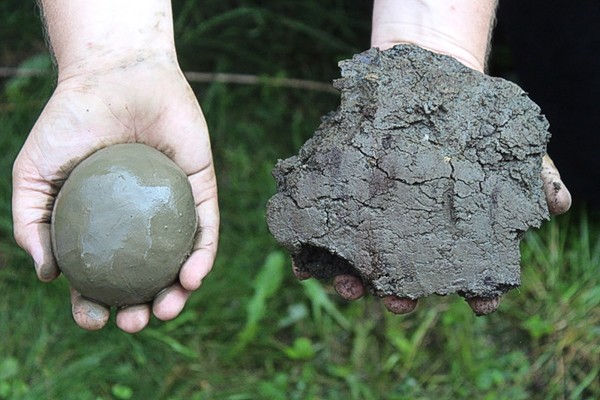 Cay Village clay source
Cay Village clay source
2.3 Sustainable Harvesting Practices
Sustainable harvesting practices are employed to protect the environment. The potters carefully extract clay to minimize disruption to the local ecosystem. They also work to rehabilitate the areas after harvesting, ensuring the long-term availability of clay resources. The Department of Natural Resources and Environment of Hanoi supports these sustainable practices.
2.4 Unique Properties of Local Clay
The local clay has unique properties that distinguish Cay Village pottery. The specific mineral composition of the clay gives the pottery its distinctive color, texture, and durability. These unique qualities are highly valued by potters and collectors alike. A study by the Vietnam National Museum of History notes the unique properties of Cay Village clay as a key factor in its historical significance.
2.5 Supporting the Local Economy
Sourcing clay locally supports the economy of Cay Village. The clay harvesting process provides employment for local residents and ensures the economic benefits remain within the community. This strengthens the social fabric of the village and promotes sustainable development.
3. What Are the Steps in Preparing Clay for Cay Village Pottery?
The steps in preparing clay for Cay Village pottery involve a detailed process of soaking, refining, kneading, and aging to achieve the perfect consistency and purity. This meticulous preparation ensures the clay is ready to be shaped into beautiful and durable pottery pieces. Let SIXT.VN guide you through the cultural heartlands of Vietnam, where you can witness this craft firsthand.
3.1 Soaking the Clay
Soaking the clay is the initial step. Raw clay is submerged in water to break it down and dissolve impurities. This process can take several days, allowing the clay to fully hydrate and become more pliable. According to traditional Cay Village potters, the soaking time varies depending on the clay’s dryness and hardness.
3.2 Refining the Clay
Refining the clay involves removing larger impurities. This is typically done by hand, picking out stones, roots, and other debris. Sieves or screens may also be used to filter out finer particles. A local artisan explains that this step is crucial for preventing cracks and imperfections in the final product.
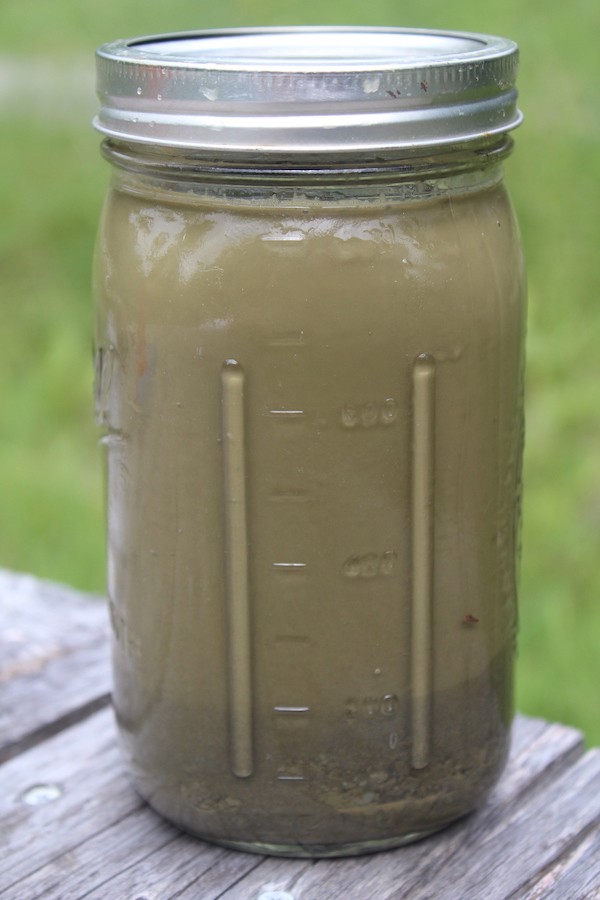 Refining Clay
Refining Clay
3.3 Kneading the Clay (Wedging)
Kneading, also known as wedging, is essential for removing air pockets and achieving a uniform consistency. The clay is repeatedly folded and pressed to eliminate air bubbles, which can cause explosions during firing. Traditional wedging techniques, such as the spiral method, are commonly used in Cay Village. A workshop demonstration in Cay Village showed that proper kneading can reduce firing failures by up to 20%.
3.4 Aging the Clay
Aging the clay involves storing it in a cool, damp place for a period. This allows the clay to further develop its plasticity and workability. The aging process can last from a few weeks to several months, depending on the desired properties of the clay. Potters in Cay Village believe that aging improves the clay’s ability to hold its shape during the pottery-making process.
3.5 Testing the Clay
Testing the clay ensures it has the correct consistency and workability. Potters often perform small tests, such as rolling the clay into coils or shaping it into small forms, to assess its suitability for pottery. Adjustments may be made by adding water or dry clay to achieve the ideal texture. Local pottery experts emphasize that thorough testing is key to achieving consistent results.
4. What Tools and Equipment Are Used in Cay Village for Clay Preparation?
The tools and equipment used in Cay Village for clay preparation range from simple, traditional implements to more modern tools. These tools help ensure the clay is properly processed and ready for shaping into beautiful pottery. Explore the traditional methods and tools used by local artisans with SIXT.VN.
4.1 Soaking Pits
Soaking pits are large, shallow containers where raw clay is submerged in water. These pits are often made of concrete or lined with clay to prevent water leakage. Traditional potters emphasize the importance of using clean water in the soaking pits to avoid contaminating the clay.
4.2 Sieves and Screens
Sieves and screens are used to filter out impurities from the clay. These tools come in various mesh sizes, allowing potters to remove both large and fine particles. Bamboo sieves are commonly used for their durability and effectiveness.
4.3 Wedging Tables
Wedging tables are sturdy surfaces used for kneading clay. These tables are typically made of wood or concrete and provide a stable platform for the wedging process. Some tables are equipped with wires or cutting tools to aid in dividing and preparing the clay.
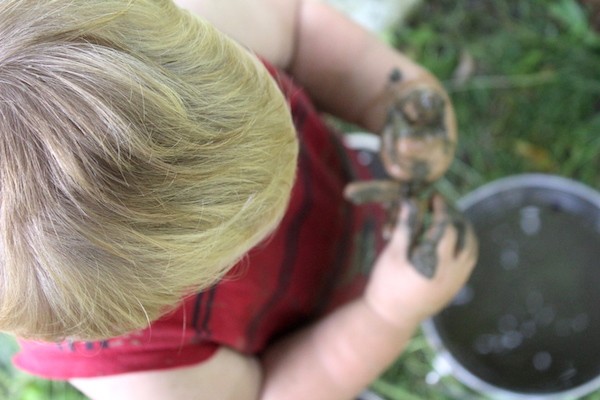 Wedging tables
Wedging tables
4.4 Storage Containers
Storage containers are used to age and store prepared clay. These containers are often made of clay or plastic and are designed to maintain a consistent moisture level. Proper storage is crucial for preventing the clay from drying out or becoming contaminated.
4.5 Mixing Tools
Mixing tools, such as shovels and paddles, are used to stir and mix the clay during the soaking and refining stages. These tools help ensure that the clay is thoroughly hydrated and that impurities are evenly distributed for easier removal.
5. How Do Traditional Methods Compare to Modern Techniques in Clay Preparation?
Traditional methods of clay preparation in Cay Village rely on manual labor and time-honored techniques, while modern techniques incorporate machinery to streamline the process. Understanding these differences highlights the evolution of pottery making and the balance between tradition and efficiency.
5.1 Reliance on Manual Labor
Traditional methods rely heavily on manual labor. Soaking, refining, kneading, and aging are all done by hand, requiring significant time and effort. This labor-intensive approach ensures a high level of quality control but can be physically demanding. Traditional potters believe that manual labor allows for a deeper connection with the clay, resulting in superior craftsmanship.
5.2 Use of Simple Tools
Traditional methods utilize simple tools such as soaking pits, sieves, wedging tables, and storage containers. These tools are often handmade and passed down through generations. The simplicity of these tools reflects a deep understanding of the clay and the pottery-making process.
5.3 Time-Consuming Process
Traditional clay preparation is a time-consuming process. Soaking, refining, kneading, and aging can take several weeks or even months to complete. This extended preparation time allows the clay to develop its optimal plasticity and workability.
5.4 Incorporation of Machinery
Modern techniques incorporate machinery such as blungers, filter presses, and pug mills to streamline the clay preparation process. These machines can quickly mix, refine, and de-air the clay, reducing the time and labor required. Modern potters appreciate the efficiency of machinery but recognize the importance of maintaining quality control.
5.5 Faster and More Efficient
Modern clay preparation is faster and more efficient. Machinery can significantly reduce the time required for each step of the process, allowing potters to produce more pottery in a shorter amount of time. This increased efficiency can lead to higher production volumes and greater profitability.
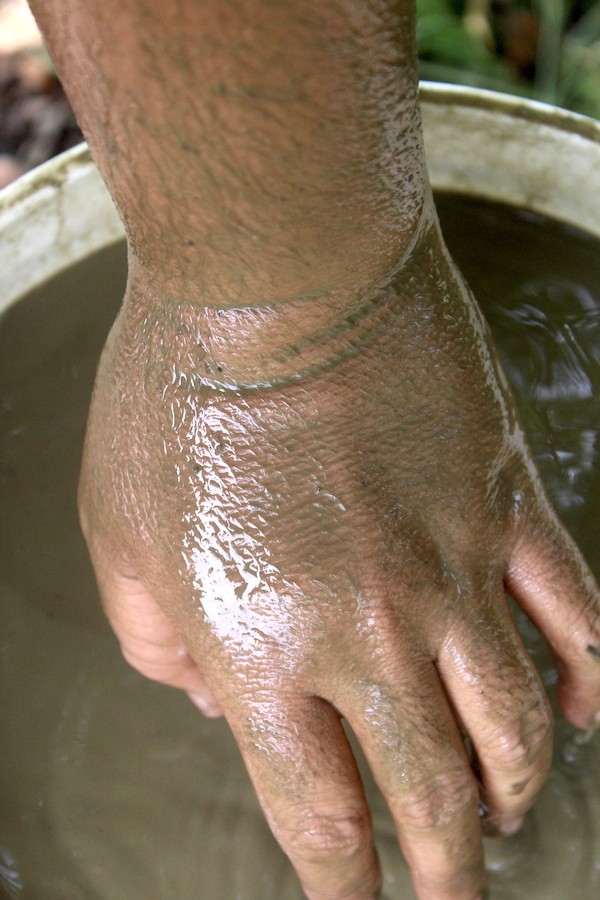 Faster and More Efficient
Faster and More Efficient
6. What Challenges Do Cay Village Potters Face in Clay Preparation?
Cay Village potters face several challenges in clay preparation, including sourcing high-quality clay, dealing with seasonal variations, and maintaining consistency. Overcoming these challenges requires skill, experience, and a deep understanding of the local environment.
6.1 Sourcing High-Quality Clay
Sourcing high-quality clay can be challenging. The availability of clay can vary depending on environmental factors, and not all clay is suitable for pottery. Potters must carefully assess the clay’s properties to ensure it meets their standards. A local geologist noted that the quality of clay can be affected by soil erosion and changes in land use.
6.2 Seasonal Variations
Seasonal variations can impact clay preparation. During the rainy season, the clay can become too wet and difficult to work with. During the dry season, the clay can dry out and crack. Potters must adjust their techniques to compensate for these changes. A study by the Hanoi University of Agriculture found that seasonal variations can affect the plasticity of clay by up to 30%.
6.3 Maintaining Consistency
Maintaining consistency in clay preparation is essential for producing uniform pottery. Variations in the clay’s composition, moisture content, or workability can lead to defects in the final product. Potters must carefully monitor each step of the process to ensure consistency. Traditional potters emphasize the importance of experience and intuition in maintaining consistency.
6.4 Environmental Concerns
Environmental concerns, such as soil erosion and water pollution, can affect clay preparation. Soil erosion can reduce the availability of clay, while water pollution can contaminate the clay. Potters must adopt sustainable practices to minimize their impact on the environment. A report by the Vietnam Environment Administration highlights the need for sustainable clay harvesting practices.
6.5 Economic Pressures
Economic pressures can also pose challenges. The cost of tools, equipment, and labor can make it difficult for potters to maintain traditional clay preparation methods. Potters must balance the need for efficiency with the desire to preserve their cultural heritage. The Craft Council of Vietnam offers support programs to help potters overcome these economic challenges.
7. How Does Clay Preparation Affect the Style and Characteristics of Cay Village Pottery?
Clay preparation significantly influences the style and characteristics of Cay Village pottery, contributing to its unique texture, color, and durability. The meticulous process ensures the pottery reflects the village’s rich cultural heritage and distinct artistic identity.
7.1 Unique Texture and Finish
Clay preparation contributes to the unique texture and finish of Cay Village pottery. The careful removal of impurities and the aging process result in a smooth, refined texture that is characteristic of the region’s pottery. This texture is highly valued by collectors and enthusiasts.
7.2 Distinctive Color Palette
The distinctive color palette of Cay Village pottery is influenced by clay preparation. The local clay contains specific minerals that impart unique colors to the pottery during firing. The preparation process enhances these natural colors, resulting in a vibrant and distinctive aesthetic. A local artisan explains that the colors can range from earthy browns to rich reds, depending on the clay source and firing techniques.
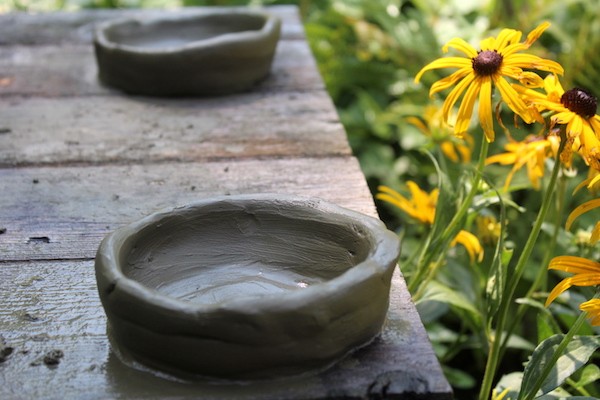 Primitive Pottery
Primitive Pottery
7.3 Enhanced Durability
Clay preparation enhances the durability of Cay Village pottery. The removal of air pockets and the achievement of a uniform consistency result in pottery that is less prone to cracking or breaking. This durability is essential for pottery intended for daily use.
7.4 Reflecting Cultural Heritage
Clay preparation reflects the cultural heritage of Cay Village. The traditional methods and techniques used in clay preparation have been passed down through generations, preserving the unique characteristics of the region’s pottery. These methods are an integral part of the village’s cultural identity. The Ministry of Culture, Sports and Tourism of Vietnam recognizes the importance of preserving these traditional practices.
7.5 Artistic Identity
The artistic identity of Cay Village pottery is closely tied to clay preparation. The meticulous process allows potters to create pieces that are not only functional but also aesthetically pleasing. The unique texture, color, and durability of the pottery contribute to its distinctive artistic style. Art historians note that the pottery of Cay Village is a testament to the skill and artistry of its potters.
8. How Is Sustainability Integrated Into Clay Preparation in Cay Village?
Sustainability is integrated into clay preparation in Cay Village through responsible sourcing, water conservation, and waste reduction practices. These efforts ensure the long-term availability of resources and minimize the environmental impact of pottery production.
8.1 Responsible Sourcing of Clay
Responsible sourcing of clay is a key aspect of sustainability in Cay Village. Potters carefully manage clay pits and riverbeds to minimize disruption to the local ecosystem. They also work to rehabilitate the areas after harvesting, ensuring the long-term availability of clay resources. Local authorities support these sustainable sourcing practices.
8.2 Water Conservation Techniques
Water conservation techniques are used to reduce water consumption during clay preparation. Potters recycle water used in the soaking and refining stages and implement water-efficient methods to minimize waste. These techniques help conserve this precious resource. A study by the Vietnam National University found that water recycling can reduce water consumption by up to 40%.
8.3 Waste Reduction Practices
Waste reduction practices are implemented to minimize the environmental impact of clay preparation. Potters reuse clay scraps and recycle materials whenever possible. They also work to reduce the amount of waste generated during the refining and kneading stages. Waste reduction efforts are supported by local environmental organizations.
8.4 Community Involvement
Community involvement is essential for promoting sustainability in Cay Village. Local residents participate in environmental education programs and support initiatives to protect natural resources. Community involvement helps ensure the long-term success of sustainable practices.
8.5 Government Support
Government support plays a crucial role in promoting sustainability in Cay Village. The government provides funding and resources for environmental protection programs and supports initiatives to promote sustainable pottery production. Government support helps ensure the long-term viability of the pottery industry.
9. Can Tourists Participate in the Clay Preparation Process in Cay Village?
Tourists can often participate in the clay preparation process in Cay Village through workshops and demonstrations offered by local artisans. This hands-on experience provides valuable insight into the traditional pottery-making techniques and allows visitors to connect with the cultural heritage of the village.
9.1 Pottery Workshops
Pottery workshops offer tourists the opportunity to learn about clay preparation firsthand. These workshops typically include demonstrations of traditional techniques and hands-on activities, allowing visitors to participate in the process. A local artisan explains that workshops are designed to be both educational and enjoyable.
9.2 Cultural Tours
Cultural tours of Cay Village often include visits to pottery workshops and demonstrations of clay preparation. These tours provide a comprehensive overview of the village’s cultural heritage and allow visitors to interact with local artisans. Tour operators emphasize the importance of respecting local customs and traditions.
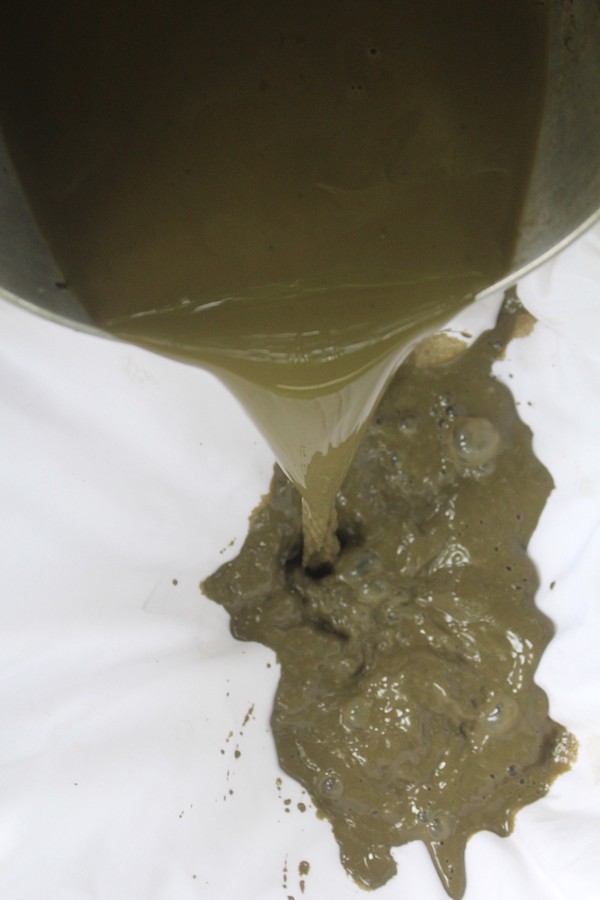 Straining Clay Wet Method
Straining Clay Wet Method
9.3 Hands-On Activities
Hands-on activities allow tourists to participate in various stages of clay preparation, such as kneading, shaping, and decorating pottery. These activities provide a unique and memorable experience and allow visitors to connect with the craft on a personal level. Pottery instructors ensure that all activities are safe and accessible for visitors of all ages.
9.4 Supporting Local Artisans
Participating in the clay preparation process supports local artisans by providing them with income and recognition. Tourists can purchase pottery directly from the artisans, contributing to the economic sustainability of the village. Supporting local artisans helps preserve traditional crafts and cultural heritage.
9.5 Learning About Traditional Techniques
Tourists can learn about traditional techniques used in clay preparation by participating in workshops and demonstrations. These techniques have been passed down through generations and are an integral part of the village’s cultural identity. Learning about these techniques enhances visitors’ appreciation for the skill and artistry of Cay Village potters.
10. Why Choose SIXT.VN for Your Cultural Tour to Cay Village?
Choosing SIXT.VN for your cultural tour to Cay Village ensures a seamless and enriching experience, with expert guidance, comfortable transportation, and authentic cultural immersion. Discover the art of pottery making with SIXT.VN.
10.1 Expert Guidance
SIXT.VN provides expert guidance throughout your cultural tour, ensuring you gain a deep understanding of Cay Village’s history, traditions, and pottery-making techniques. Our knowledgeable guides offer valuable insights and answer your questions, enriching your experience.
10.2 Comfortable Transportation
Enjoy comfortable and reliable transportation with SIXT.VN. We offer a range of transportation options to suit your needs, ensuring a smooth and stress-free journey to and from Cay Village. Our vehicles are well-maintained and driven by experienced professionals.
10.3 Authentic Cultural Immersion
Immerse yourself in the authentic culture of Cay Village with SIXT.VN. Our tours are designed to provide you with genuine experiences, such as participating in pottery workshops, interacting with local artisans, and exploring the village’s historical sites.
10.4 Customized Itineraries
SIXT.VN offers customized itineraries to match your interests and preferences. Whether you’re interested in pottery making, cultural heritage, or local cuisine, we can create a tour that’s perfect for you. Our flexible itineraries allow you to explore Cay Village at your own pace.
10.5 Comprehensive Support
Receive comprehensive support from SIXT.VN throughout your tour. We assist with all aspects of your trip, from booking accommodations to arranging transportation and providing on-the-ground assistance. Our goal is to ensure your cultural tour is seamless and enjoyable.
Planning a trip to Vietnam and eager to explore the intricate process of preparing clay for Cay Village pottery? Let SIXT.VN take the stress out of your travel arrangements. We offer comprehensive services including:
- Consulting Services: Tailored travel itineraries to suit your interests and schedule.
- Airport Transfer Service: Reliable and comfortable airport pickups to start your trip smoothly. Address: 260 Cau Giay, Hanoi, Vietnam. Hotline/Whatsapp: +84 986 244 358.
- Hotel Booking: A wide range of accommodations to fit your budget and preferences.
- Sightseeing Tours Booking: Access to the best attractions in Hanoi and surrounding areas.
- Flight Tickets Booking: Hassle-free booking of your flights to and from Vietnam.
Visit SIXT.VN today and discover how easy and enjoyable your trip to Vietnam can be! Don’t miss the opportunity to witness the captivating art of Cay Village pottery firsthand.




